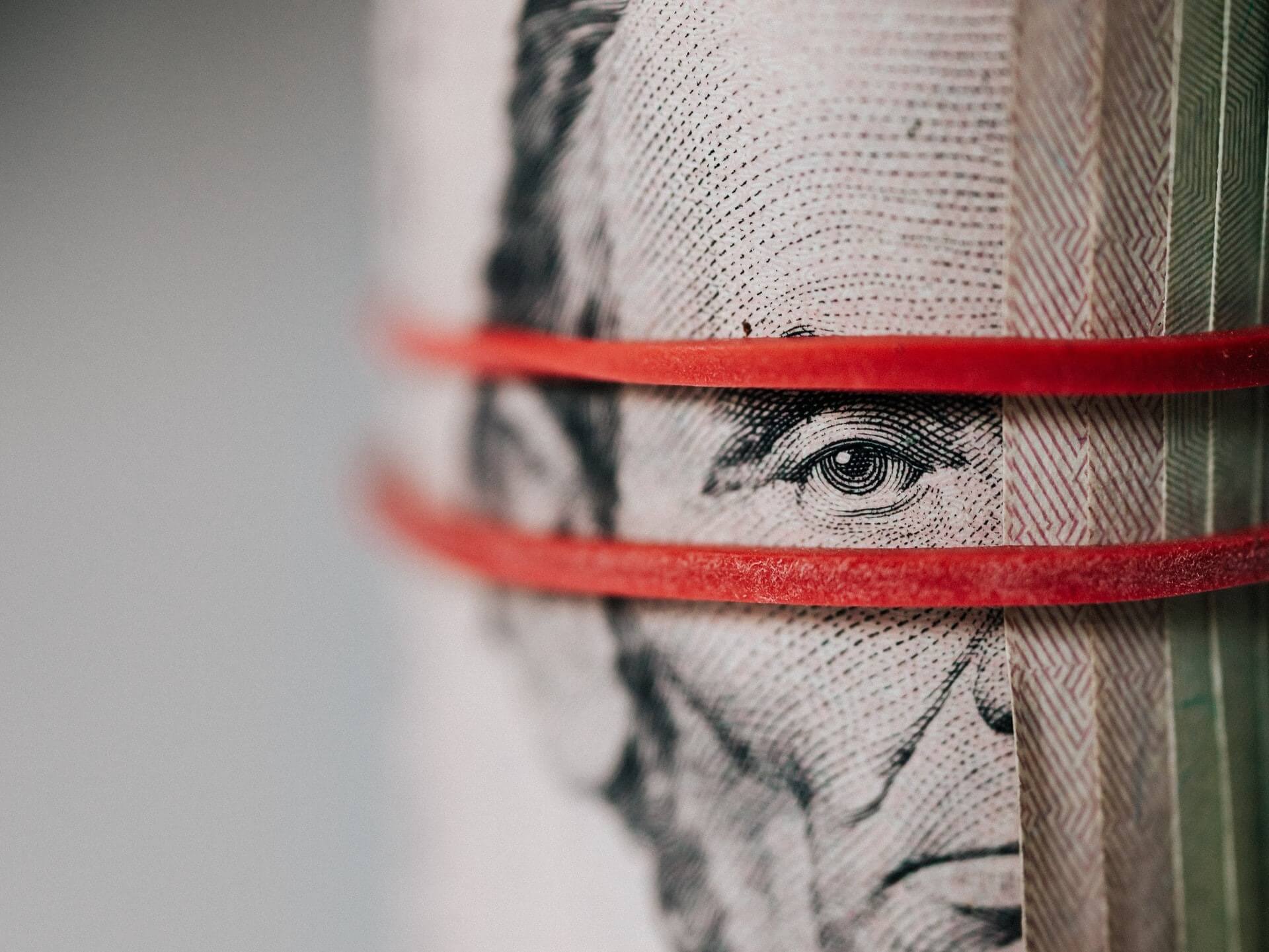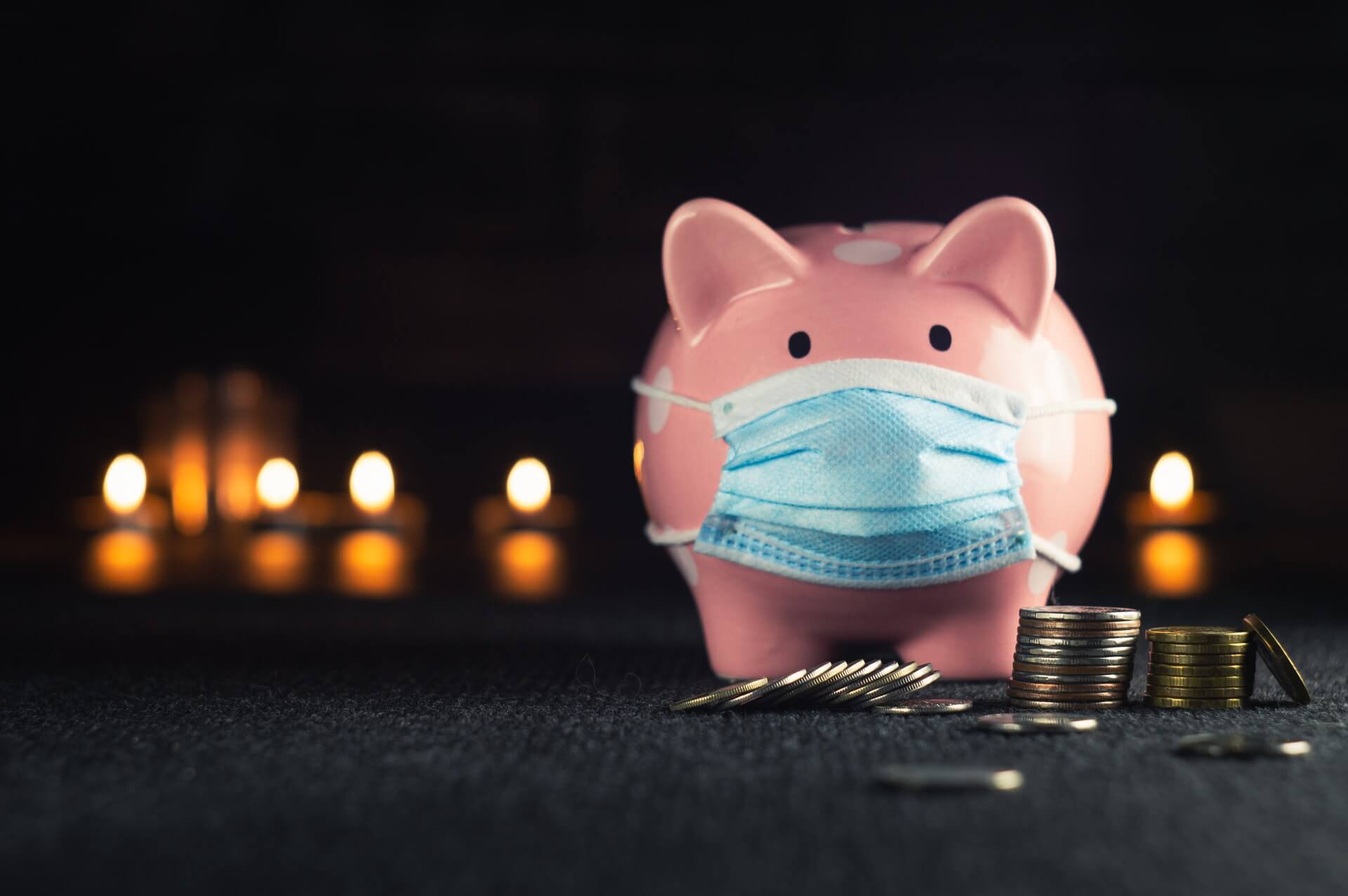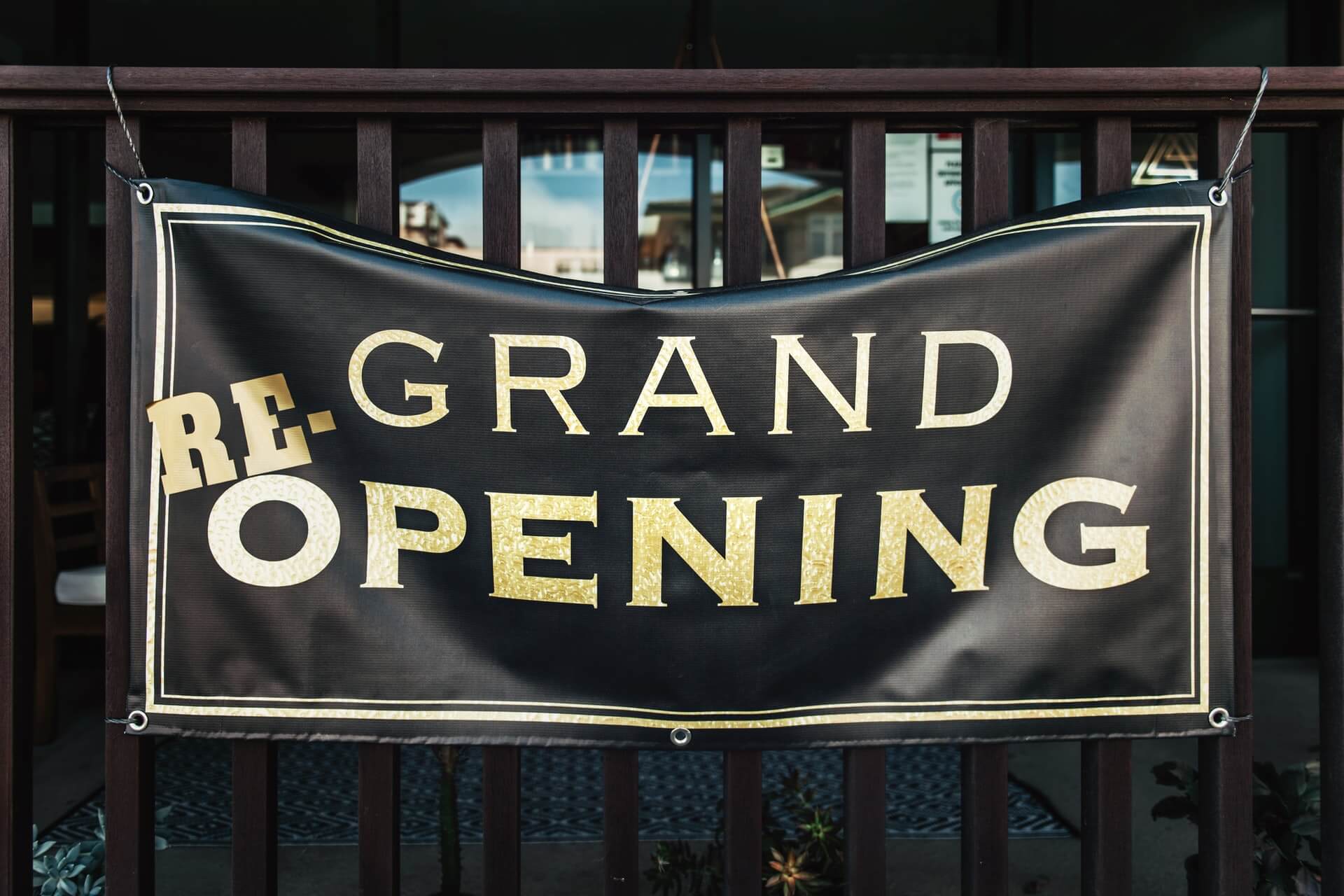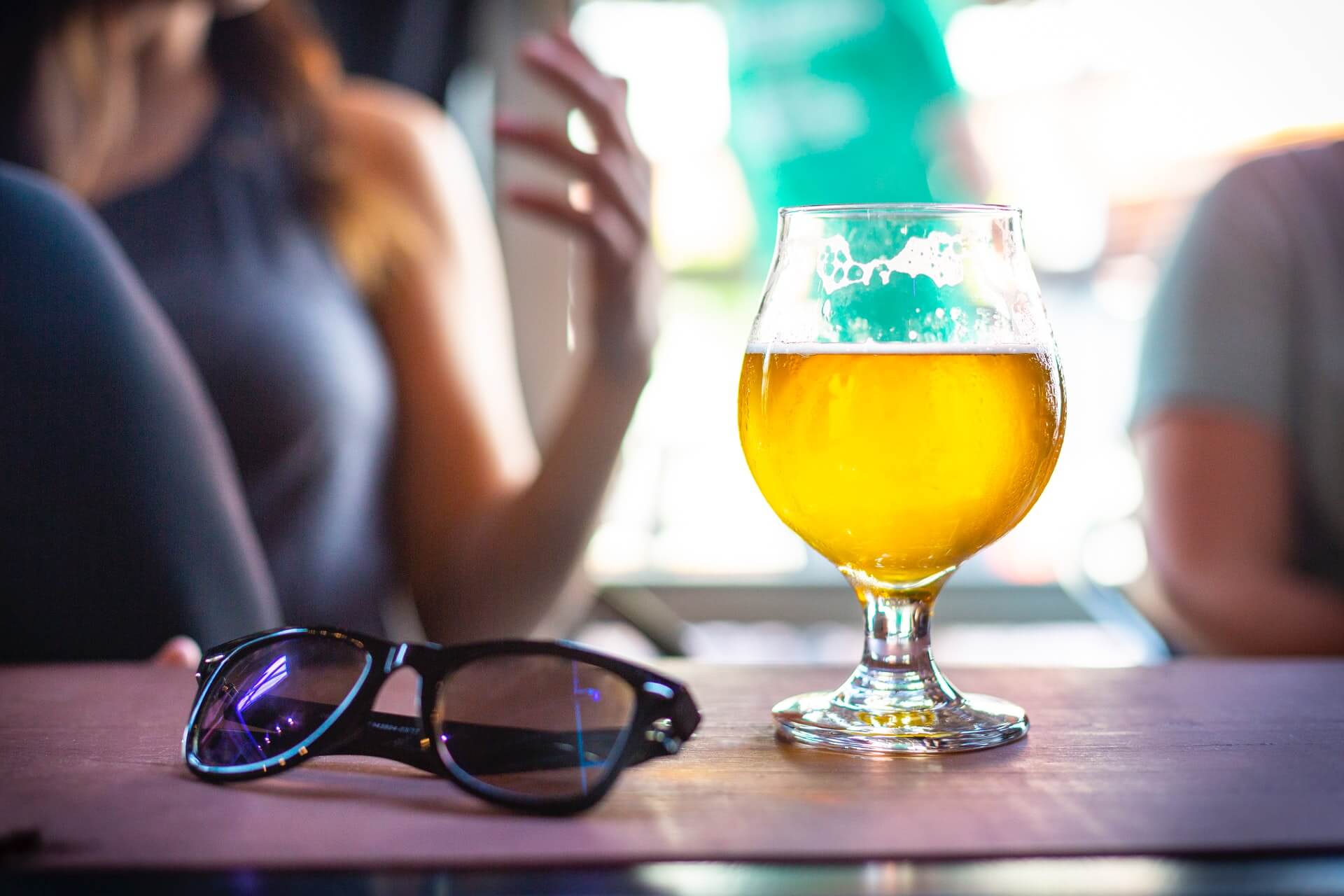Guest Journey: Acquire, Engage, Retain
by David Klemt
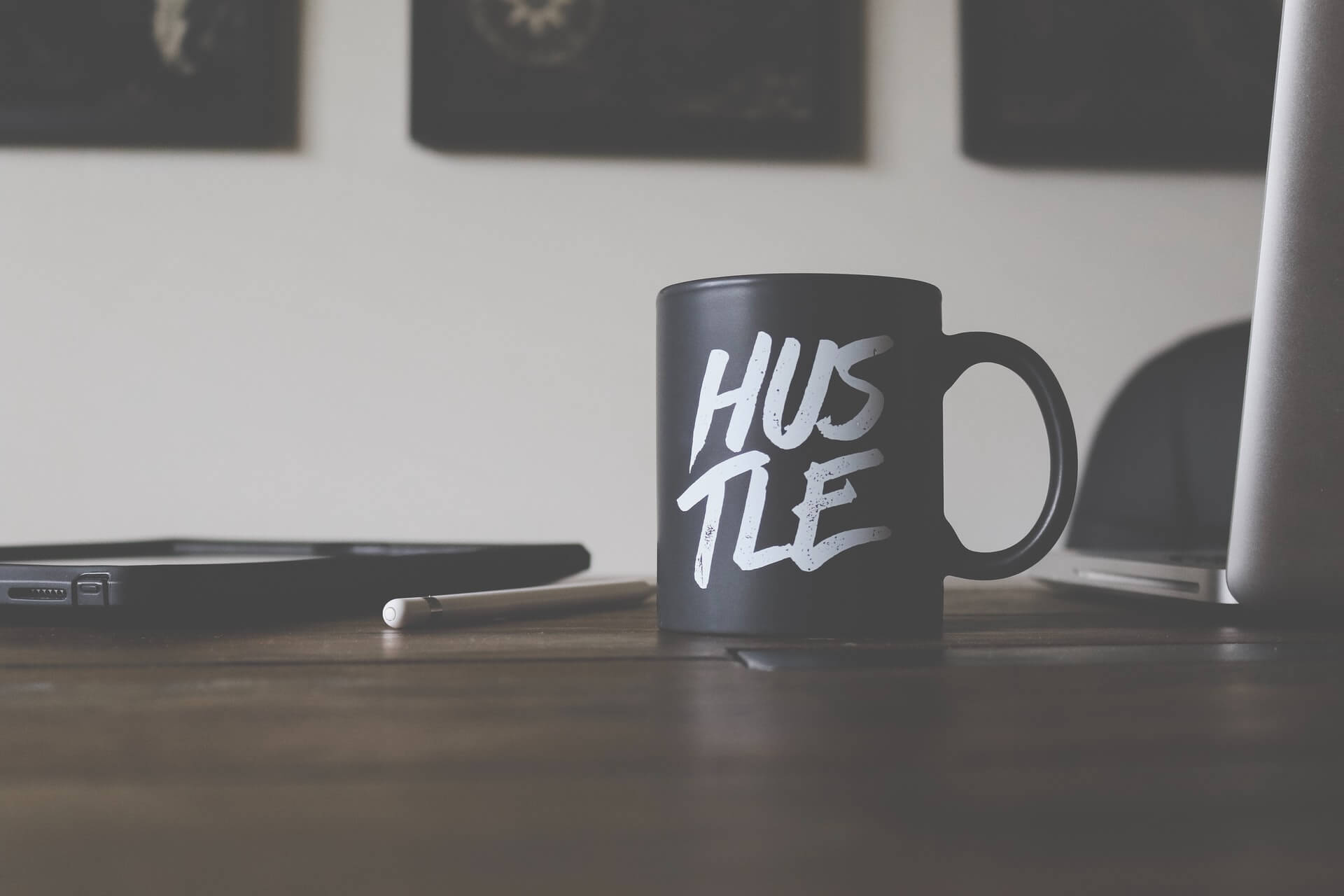
What if you could change your operational mindset for the better in the time it takes to enjoy a cup of coffee?
SevenRooms is confident they can help you do exactly that.
The SevenRooms Coffee Break series tackles one important operational element per 20-minute webinar.
Time for a Coffee Break?
It’s no secret that we’re fans of SevenRooms here at KRG Hospitality. In addition to supporting the actual platform, we’re always eager to share their data-driven reports and insights.
CEO Joel Montaniel is the guest on episode 24 of our Bar Hacks podcast. (You can—and should—listen to the episode on Spotify, Apple Podcasts, or wherever you listen to podcasts.)
Given how much SevenRooms values collecting and sharing data that can improve operations industry-wide, it’s not a surprise that they also offer informative webinars.
So far, there are three webinars in the Coffee Break series. And, of course, each shares a way that operators can improve their business.
That’s certainly welcome as we emerge from stay-at-home orders, ease restrictions, and welcome more guests.
The current entries focus on what SevenRooms is dubbing the Restaurant Renaissance. As Doug Radkey, president of KRG Hospitality says, we can take two paths leading to the post-pandemic world.
One, we can recognize that the industry needs an overhaul, making improvements for operators, workers and guests.
Two, we can learn nothing, do nothing, and watch the industry collapse.
Restaurant Renaissance
Call it what you prefer: the Restaurant Renaissance. The New Roaring Twenties. Re-emergence. The New Normal. The Post-pandemic World.
Sure, it’s cool to have a catchy label to slap onto unique eras. It’s better to have a clear plan and path for moving forward.
To that end, SevenRooms identifies four key factors driving what they’re calling the Restaurant Renaissance:
- Vaccines
- Warmer weather
- Pent-up consumer demand
- Restrictions lifting
Alexa Detzi, director of Enterprise Success at SevenRooms, addresses these elements in the first Coffee Break webinar, “Acquire.”
We’ve said many times that operators need to prepare for an explosion in consumer demand and guest traffic. In addition, we’ve made it clear that we’ll most likely experience a severe drop-off in traffic after the initial demand wanes.
Of course, there are several ways things might play out in the New Normal. However, huge traffic in many markets followed by a drop makes the most sense.
Get Ready
The first three SevenRooms Coffee Break webinars focus on the guest journey:
I highly recommend signing up and watching each webinar, sooner rather than later. Guests are already being subjected to a cacophony of marketing overtures—you need to cut through the noise.
We Want to Help You
Like SevenRooms, KRG Hospitality is dedicated to helping operators.
If you’re seeking to open a new business, whether your first venue or an expansion, should also download our 2021 Restaurant Start-up Cost Guide & Checklist.
And for operators looking more direct and guided assistance for improving your business, we also offer KRG Mindset.
Next time you have 15 or 20 minutes to yourself, check out our Solutions and Resources pages, reach out, and let’s set up your Roadmap to Success.
Image: Garrhet Sampson on Unsplash



